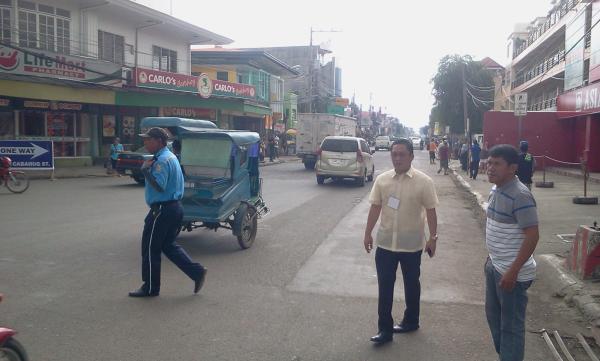
THE one-way traffic scheme in Mandaue City has not solved congestion, but it has at least got the vehicles moving and the businessmen are no longer complaining.
“The one-way traffic scheme has helped ease traffic a lot…We got positive feedback from many of our members,” said Marlene Bedia, executive director of the Mandaue Chamber of Commerce and Industry (MCCI).
Before the scheme was implemented on July 29, Bedia said Mandaue businessmen complained about delays in their deliveries, higher gasoline costs and the additional overhead costs because their employees involved in deliveries had to work overtime.
“I cannot say that it (one-way scheme) has direct effect in terms of income, but I am sure that if it was not implemented, their bottomline would be affected,” she said.
The Traffic Enforcement Agency of Mandaue (Team) is experimenting with the one-way scheme for 60 days. Affected are the national roads S.B. Cabahug Street, F. Cabahug St., A. del Rosario St. and P. Burgos St. in Mandaue.
Bedia said there remain bottlenecks because of the nine ongoing road repair projects.
“There are still bottlenecks but we really commend the Office of the Mayor and Team for thinking of this. You cannot go north or south without passing through Mandaue,” she said.
Traffic along M.C. Briones St. up to Canduman remains bumper-to-bumper during peak hours.
Bedia said the best way to solve traffic congestion is by introducing a mass transport system.
“Cebu is growing. Mandaue is growing. It is better to have mass transport like in other countries so that there are lesser cars on the road. That should be the long term direction,” she said.
Earlier, Mandaue Mayor Jonas Cortes asked the public for understanding. He said the number of vehicles passing through Mandaue is more than the city’s population.
He said about 336,000 vehicles pass through Mandaue while the city has a population of a bit over 331,000 as of 2010. Land Transportation Office records showed that the number of private vehicles registered in Mandaue has gone up by 45 percent since 2012.